SWANNANOA, N.C. (AP) — Rescuers fanned out across the mountains of western North Carolina on Tuesday in search of anyone still unaccounted for since Hurricane Helene’s remnants caused catastrophic damage to the Southeast, with the death toll nearing 140 people.
Many who lived through what was one of the deadliest storms in U.S. history were left without electricity or any way to reach out for help. Some cooked food on charcoal grills or hiked to high ground in the hopes of finding a signal to call loved ones.
The devastation was especially bad in the Blue Ridge Mountains, where at least 40 people died in and around the city of Asheville, a tourism haven known for its art galleries, breweries and outdoor activities.
Just outside the city, in the small community of Swannanoa, receding floodwaters revealed cars stacked on top of others and trailer homes that had floated away during the storm. Roads were caked with mud and debris and pockmarked by sinkholes.
Exhausted emergency crews worked around the clock to clear roads, restore power and phone service, and reach those still stranded by the storm, which killed at least 139 people in six states. Nearly half of the deaths were in North Carolina, while dozens of others were in South Carolina and Georgia.
Search and rescue crews from all levels of government were deployed throughout western North Carolina. Federal agencies, aid groups and volunteers worked to deliver supplies by air, truck and even mule train.
President Joe Biden was set to survey the devastation in the region Wednesday.
The North Carolina death toll included one horrific story after another of people trapped by floodwaters or killed by falling trees. A courthouse security officer died after being submerged in his truck. A couple and a 6-year-old boy waiting on a rooftop to be rescued drowned when part of their home collapsed.
Rescuers did manage to save dozens of other people, including an infant and two others who were stuck on the top of a car in Atlanta. More than 50 hospital patients and staff in Tennessee were plucked by helicopter from the hospital rooftop.
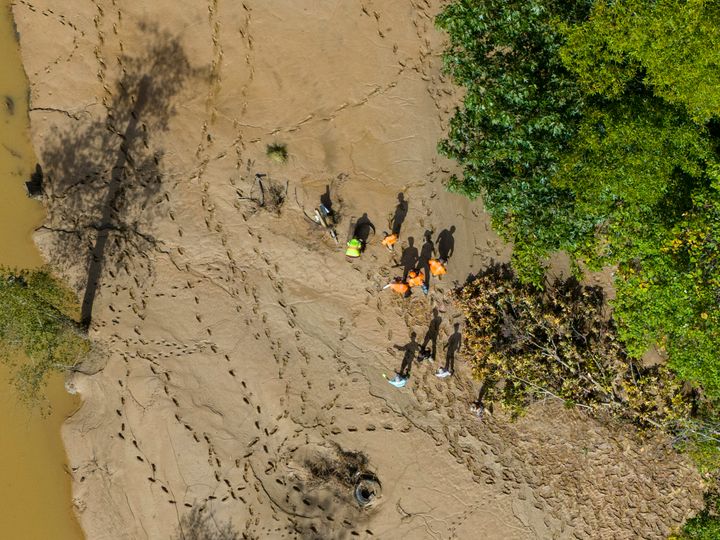
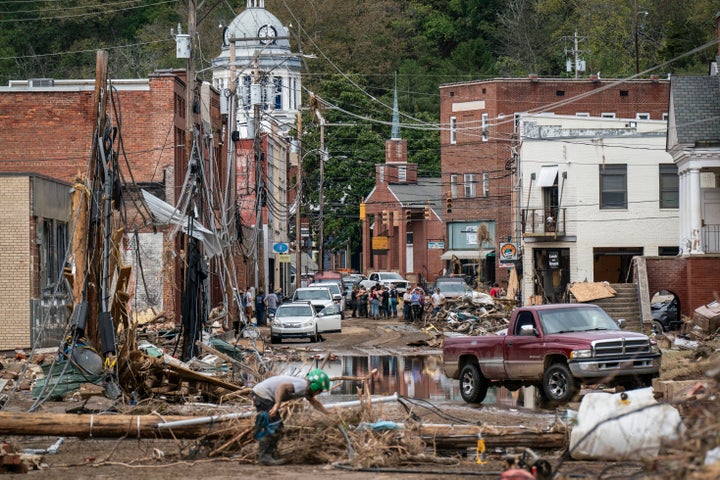
Search crews around Asheville first focused on those who were especially vulnerable, using helicopters to get past washed out bridges or hiking to isolated homes.
“We’ve been going door to door, making sure that we can put eyes on people and see if they’re safe,” said Avril Pinder, the county manager for Buncombe County, which includes Asheville. “We know that there are places that are still hard to access.”
How some of the hardest-hit areas are coping
The storm unleashed the worst flooding in a century in North Carolina. Rainfall estimates in some areas have topped more than 2 feet (61 centimeters) since Wednesday, and several main routes into Asheville were damaged or blocked by mudslides. That includes a 4-mile (6.4-kilometer) section of Interstate 40 that was heavily damaged.
Joey Hopkins, North Carolina’s secretary of transportation, asked people to stay off the roads.
“We’re continuing to tell folks if you don’t have a reason to be in North Carolina, do not travel on the roads of western North Carolina,” Hopkins said. “We do not want you here if you don’t live here and you’re not helping with the storm.”
At a grocery store in Asheville, Elizabeth Teall-Fleming stood in line hoping to find nonperishable food, since her home had no power. She planned to heat canned food over a camp stove for her family.
“I’m just glad that they’re open and that they’re able to let us in,” she said.
She was surprised by the storm’s ferocity: “Just seeing the little bit of news that we’ve been able to see has been shocking and really sad.”
In one neighborhood, residents collected creek water in buckets to flush toilets. Others waited in a line for more than a block to fill up milk jugs and whatever other containers they could find with drinking water.
Helene blew ashore in Florida late Thursday as a Category 4 hurricane and quickly moved north. The storm upended life throughout the Southeast, where deaths were also reported in Florida, Tennessee and Virginia. Officials warned that rebuilding would be long and difficult.
“This has been an unprecedented storm that has hit western North Carolina,” Gov. Roy Cooper said Monday after an aerial tour of the Asheville area. “It’s requiring an unprecedented response.”
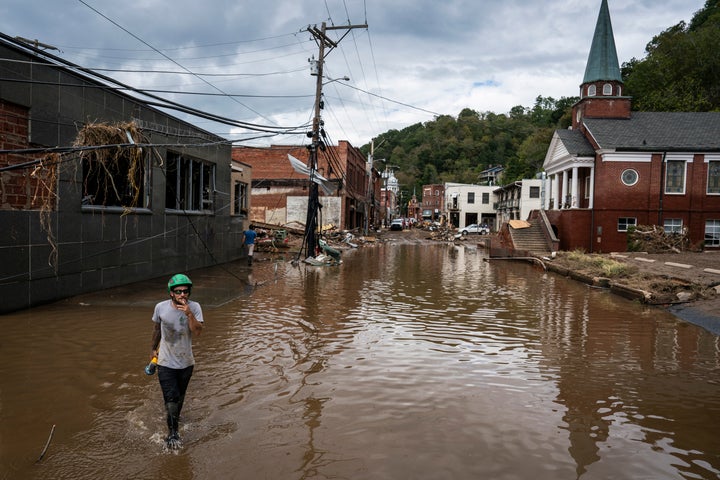
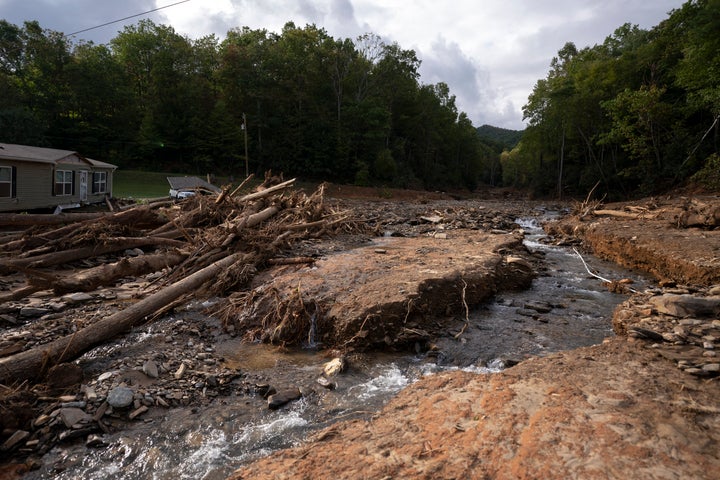
Why western North Carolina was hit so hard
Western North Carolina suffered relatively more devastation because that’s where the remnants of Helene encountered the higher elevations and cooler air of the Appalachian Mountains, causing even more rain to fall.
Asheville and many surrounding mountain towns were built in valleys, leaving them especially vulnerable to devastating rain and flooding. Plus, the ground already was saturated before Helene arrived, said Christiaan Patterson, a meteorologist with the National Weather Service.
“By the time Helene came into the Carolinas, we already had that rain on top of more rain,” Patterson said.
Climate change has exacerbated conditions that allow such storms to thrive, rapidly intensifying in warming waters and turning into powerful cyclones, sometimes within hours.
Destruction from Florida to Virginia
Along Florida’s Gulf Coast, several feet of water swamped the Clearwater Marine Aquarium, forcing workers to move two manatees and sea turtles. All the animals were safe, but much of the aquarium’s vital equipment was damaged or destroyed, said James Powell, the aquarium’s executive director.
Across Georgia, Helene’s inland path knocked out power and shattered lives from Valdosta to Augusta, where a line of cars waiting to get water Tuesday wrapped around a shopping center and stretched at least a half-mile (0.8 kilometers) down the road.
“It’s been rough,” said Kristie Nelson, who had no idea when her electricity would be restored. “I’m just dying for a hot shower.”
With at least 31 killed in South Carolina, Helene was the deadliest tropical cyclone to hit the state since Hurricane Hugo made landfall north of Charleston in 1989, killing 35 people.
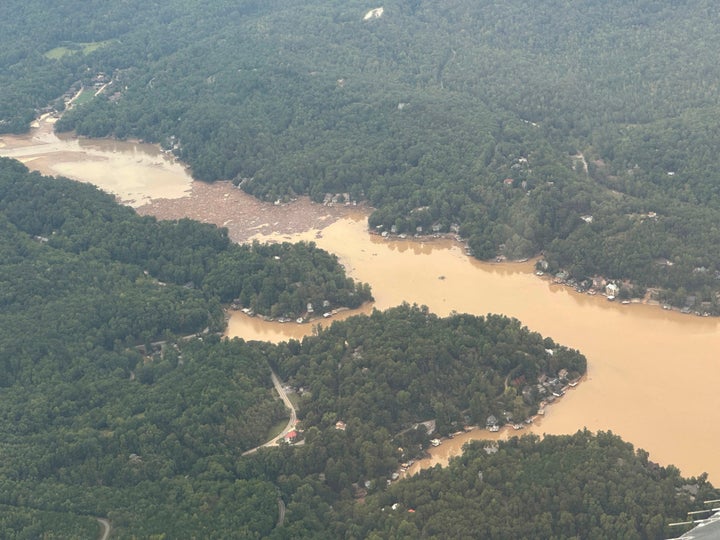
Tropical Storm Kirk could become a major hurricane
Tropical Storm Kirk is churning in the eastern Atlantic Ocean and is expected to become a hurricane late Tuesday. It could become a major hurricane Thursday, the U.S. National Hurricane Center said. The storm was about 1,010 miles (1,630 kilometers) west of the Cabo Verde Islands with maximum sustained winds of 70 mph (110 kph). There were no coastal watches or warnings in effect, and the storm system was not a threat to land.
___
Collins reported from Asheville. Contributing to this report were Associated Press journalists Gary D. Robertson in Asheville; John Seewer in Toledo, Ohio; Ben Finley in Norfolk, Virginia; Beatrice Dupuy in New York City; Zeke Miller and Aamer Madhani in Washington; and Jeff Amy in Atlanta.
Support Free Journalism
Already contributed? Log in to hide these messages.
